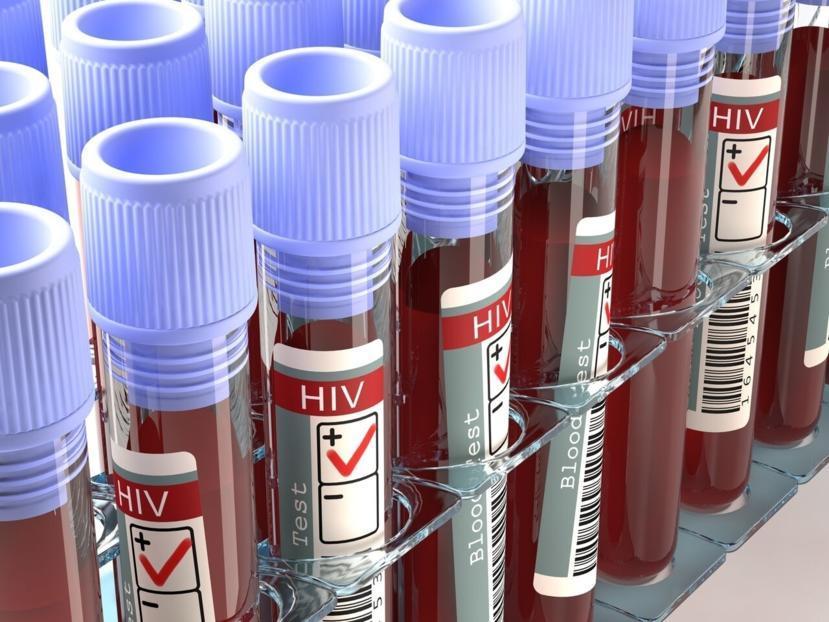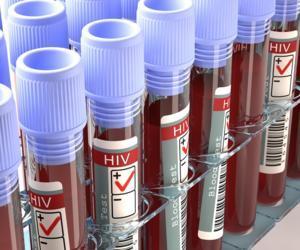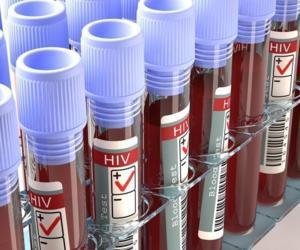What Causes HIV?

HIV (human immunodeficiency virus) is a viral disease that can be passed and spread by a number of ways including sexual contact and childbirth if the pregnant mother is infected. HIV is a disease that destroys the body's immune system, and it is considered a sexually transmitted disease since sexual intercourse is a common cause. At present, there is still no cure for HIV. However, medications can be used to decrease the progression of the disease. Thanks to these medications, the number of deaths caused by HIV has been lowered.
HIV is not spread as easily as many other viruses and infections. Neither does it spread through air like colds and flu viruses. The HIV virus thrives in bodily fluids. Such fluids that can spread HIV are semen, vaginal fluid, rectal fluid, blood and breast milk.
Relation of HIV to AIDS
The HIV virus damages and targets a specific kind of blood cell referred to as the CD4 cell. The CD4 blood cell is a white blood cell that fights off dangerous and harmful germs and diseases. When CD4 cells are damaged or destroyed, the immune system is highly likely to weaken.
If a person's CD4 count has decreased to 200 or less, the person's HIV infection has progressed to AIDS. This can take years to happen, especially with today's medical advancements.
HIV mainly infects the body when the body is infected by contaminated blood, semen, and vaginal secretions. There are myths that exist about HIV and AIDS. It is important to get yourself well-educated about this disease and know how it is transmitted. One significant fact to be aware of is that one does not get HIV through general contact such as dancing with or hugging someone with HIV or AIDS.
Having HIV doesn’t mean that the person is a victim of AIDS, since AIDS is the last stage in the progression of an HIV infection. Even without any treatment or medications, HIV takes a long time to progress to AIDS, usually 10 to 12 years. If HIV is diagnosed at an early stage, medicines and drugs will be able to help slow down the decline of the immune system. Moreover, if a person reaches the stage of having AIDS, medications will still often provide a positive impact on the immune system and help the victim reach a healthier state. Through regular prescriptions and treatment, many infected patients are known to stay active and live a long life peacefully.
Types of HIV
HIV can be categorized into two major types:
- HIV-1: This type accounts for about 95 percent of total HIV infections around the world, and it is the cause of almost all the cases of AIDS.
- HIV-2: This type is comparatively less prevalent and less pathogenic, and causes an AIDS-like illness. HIV-2 infection is principally found in Western Africa. Its spread to the other regions of the world is almost negligible.
HIV Transmission/Causes of HIV Infection
Unprotected sexual contact: The possibility of getting an HIV infection is high when a person has unprotected sex with someone who has the virus. The infected partner's bodily fluids, all of which carry a high concentration of the virus, enters the body and causes the infection. HIV can enter the body easily during oral sex, usually when mouth sores are present. HIV can also be contracted when someone performs oral sex on an HIV-infected woman when she is menstruating. However, this last reason for HIV transmission is not that common.
Blood transfusions: HIV can spread due to blood transfusions. May countries require blood banks to now screen their blood supplies for signs of HIV in order to decrease the risk of HIV infection from blood transfusions. The International Guidelines of Healthcare and Medicines states that all blood products should be thoroughly inspected and tested before making any transfusions to avoid the spread of infection to individuals in need of blood.
Needle sharing: Needles contaminated with HIV-infected blood are one of the leading causes of HIV. Sharing needles, especially with someone who has HIV, can be very risky. Other infectious diseases can also be transferred this way. People who inject drugs like heroin into themselves often share needles and syringes, thus exposing themselves to other people's blood.
During pregnancy: A woman with HIV can pass along the virus to her baby during childbirth. However, there are drugs that can lower the chances of a mother transmitting the virus to her baby if they are taken properly.
Through breastfeeding: Since HIV is found in the breast milk of an HIV-positive mother and can easily transmit the virus to a suckling infant, HIV-infected mothers are strictly advised against breastfeeding.
Organ transplants: If an HIV positive patient donates blood or organs, then the receiver is likely to become infected with HIV.
Unprotected anal sex: Any man who has sexual contact without using a polyurethane condom is at risk for HIV. the risk is even greater in anal sex. Anal sex is considered more risky than the vaginal sex. The chances of contracting the virus increase with promiscuity. Moreover, sexually transmitted diseases often lead to open sores on the genitals, and these sores are acting as entrance ways for HIV to access the body. Thus, someone who has an existing STD becomes even more vulnerable to HIV infection.
The United Sates was where HIV was first recognized as a new health hazard, and it was at first believed that it mainly affected men who had sex with men. However, as years went by, it became clear that HIV can be spread during heterosexual sex as well. It can affect people of any age, race, sex, or sexual orientation.
Myths about HIV Transmission
One cannot get HIV from:
- Touch, sweat, tears, spit, coughing, or saliva of an HIV-infected individual
- Breathing in the same environment as an HIV-infected individual
- Sharing the same water fountain, swimming pool, toilet, or bathroom, because HIV cannot survive in water
- Towels, door knobs, door handles
- Oral sex or kissing, hugging, or shaking hands with an HIV-positive person
- Mouth-to-mouth breathing or resuscitation
- Cutlery, utensils, drinking glasses
- Being bitten by insects, since HIV doesn’t stay for a long period of time in their bodies
- New, clean, or sterilized needles
Knowledge about HIV is important so that one can always stay safe and take the necessary precautions to avoid contracting or spreading the infection, but knowledge of the myths about HIV/AIDS is just as important.
















